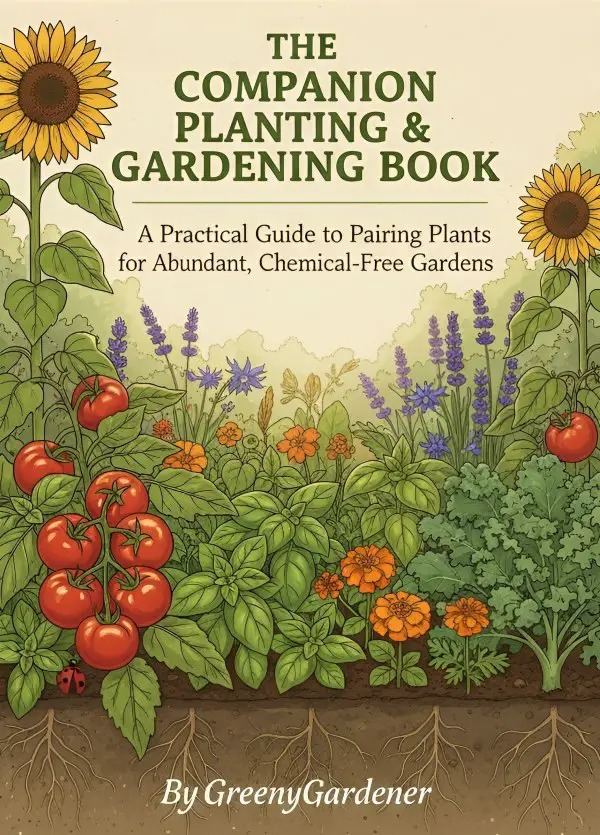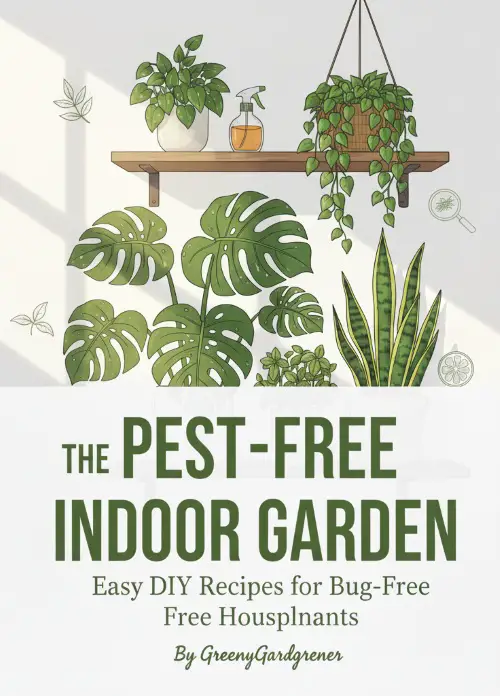Green Gardening Tips for Thriving Plants and Sustainable Practices
Green gardening is a growing movement among enthusiasts who seek to cultivate lush, thriving plants while minimizing environmental impact. This holistic approach not only enriches your garden but also contributes to a healthier ecosystem. From choosing the right plants to adopting sustainable practices, every step you take can make a difference.
What's On the Page
- 1 Understanding the Principles of Green Gardening
- 2 Choosing the Best Plants for Your Green Garden
- 3 Soil Management: The Heart of a Thriving Garden
- 4 Sustainable Watering Techniques
- 5 Organic Pest Control Methods
- 6 Energy-Efficient Gardening Practices
- 7 Seasonal Tips for Maintaining a Green Garden
- 8 Styling Your Green Garden
- 9 Conclusion
Understanding the Principles of Green Gardening
Green gardening emphasizes harmony between cultivation and nature. Its core principles include:
- Sustainability: Reducing waste and promoting renewable resources.
- Organic Methods: Avoiding chemical fertilizers and pesticides.
- Water Conservation: Employing techniques to use water efficiently.
- Soil Health: Building and maintaining nutrient-rich, fertile soil.
These principles form the foundation of a garden that flourishes naturally and requires fewer external inputs.
Choosing the Best Plants for Your Green Garden
1. Native Plants
Native plants are perfectly adapted to your local climate, requiring less water and maintenance. They also support local wildlife by providing food and shelter.
- Examples: Coneflowers, Black-eyed Susans, Milkweed.
- Benefits: Lower water requirements and resistance to pests.
2. Pollinator-Friendly Species
Plants that attract bees, butterflies, and birds enhance biodiversity.

🌿 The Companion Planting & Gardening Book (eBook)
Bigger harvests, fewer pests — natural pairings & simple layouts. $6.99
Get – $6.99
🪴 The Pest-Free Indoor Garden (eBook)
DIY sprays & soil tips for bug-free houseplants. $4.89
Get – $4.99- Examples: Lavender, Sunflowers, Zinnias.
- Care Tips: Group plants in clusters to provide ample nectar sources.
3. Drought-Tolerant Plants
For areas prone to dry conditions, choose plants that thrive with minimal water.
- Examples: Succulents, Sage, Yarrow.
- Advantages: Reduces reliance on irrigation systems.
Soil Management: The Heart of a Thriving Garden
Healthy soil is the backbone of successful gardening. Here’s how to maintain its vitality:
1. Composting
- What It Does: Enriches soil with organic matter, improving its structure and fertility.
- How to Start: Collect kitchen scraps, yard waste, and other biodegradable materials in a compost bin.
2. Mulching
- Purpose: Retains soil moisture, suppresses weeds, and moderates soil temperature.
- Best Materials: Use straw, wood chips, or shredded leaves.
3. Crop Rotation
- Why It Matters: Prevents nutrient depletion and reduces the risk of soil-borne diseases.
- Practice: Rotate plant families each season to maintain soil balance.
Sustainable Watering Techniques
Efficient water usage is a key aspect of green gardening. Here are some effective strategies:
1. Drip Irrigation
- How It Works: Delivers water directly to the plant roots, minimizing evaporation.
- Benefits: Reduces water waste and promotes healthy plant growth.
2. Rainwater Harvesting
- System Setup: Collect rainwater in barrels or tanks for later use.
- Advantages: Provides a free, sustainable water source.
3. Watering Schedule
- When to Water: Early morning or late evening to reduce evaporation.
- Frequency: Adjust based on the plant type, soil type, and weather conditions.
Organic Pest Control Methods
Avoid chemical pesticides by opting for natural alternatives that protect your plants without harming the environment.
1. Companion Planting
- What It Does: Strategically pairing plants to repel pests.
- Examples: Marigolds deter nematodes, while basil wards off mosquitoes.
2. Beneficial Insects
- Insects to Encourage: Ladybugs, lacewings, and praying mantises.
- How to Attract Them: Plant nectar-rich flowers like dill and fennel.
3. Homemade Remedies
- Recipes: Mix soap and water to combat aphids or use neem oil for fungal issues.
- Usage Tips: Apply in the early morning or evening to avoid harming beneficial insects.
Energy-Efficient Gardening Practices
Reducing your garden’s carbon footprint contributes to a greener planet.
1. Manual Tools Over Power Tools
- Examples: Use hand pruners, rakes, and push mowers.
- Benefits: Reduces reliance on fossil fuels and promotes physical activity.
2. Solar-Powered Lighting
- How It Helps: Illuminates your garden sustainably.
- Options: Install solar pathway lights and spotlights.
3. Recycled Materials
- Ideas: Repurpose old containers as planters or use salvaged wood for raised beds.
- Impact: Cuts down on waste and encourages creativity.
Seasonal Tips for Maintaining a Green Garden
1. Spring Preparation
- Clean up debris and test soil for nutrient levels.
- Start composting and plan your planting layout.
2. Summer Care
- Mulch heavily to retain moisture during hot months.
- Monitor for pests and address issues promptly.
3. Fall Cleanup
- Collect fallen leaves for composting or mulching.
- Plant cover crops to enrich the soil over winter.
4. Winter Protection
- Protect tender plants with frost blankets.
- Continue watering evergreen plants sparingly.
Styling Your Green Garden
Enhance your garden’s aesthetic appeal while staying eco-friendly:
- Vertical Gardens: Save space and grow herbs or flowers on walls.
- Pathways: Use recycled materials like broken tiles or wood chips for walkways.
- Natural Borders: Create borders using native shrubs or decorative rocks.
Conclusion
Green gardening is more than just a hobby—it’s a commitment to sustainability and a healthier planet. By adopting eco-friendly practices, selecting the right plants, and maintaining soil health, you can create a garden that thrives naturally. Start your journey toward a greener future today by implementing the tips and techniques outlined here.
- African Violets Colors – A Rainbow Guide To Choosing & Brightening - October 16, 2025
- African Violet Species List – From Wild Origins To Your Windowsill - October 16, 2025
- African Violet With White Tip Leaves: Your Ultimate Guide To Thriving - October 16, 2025
